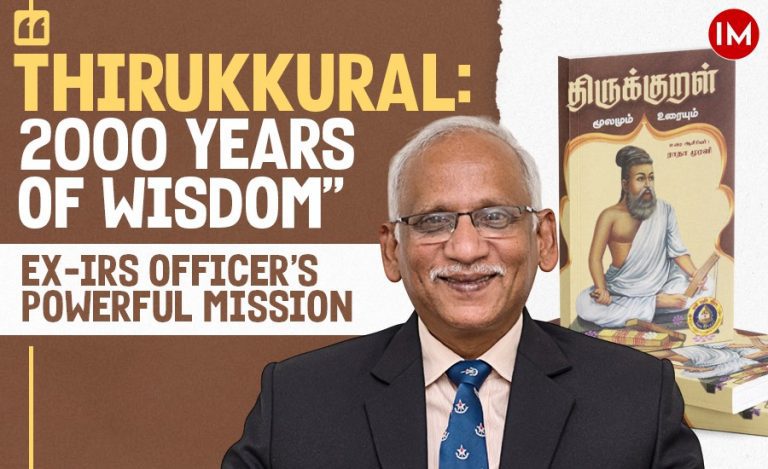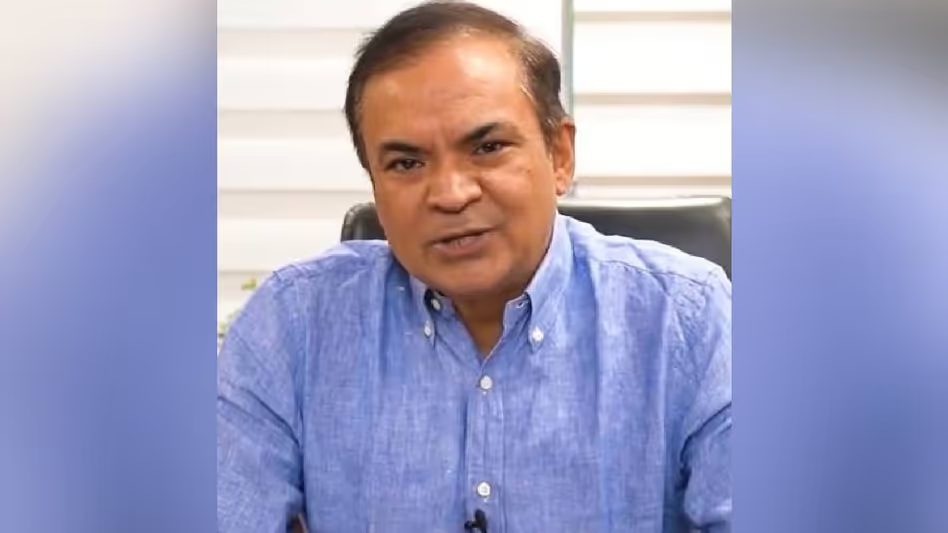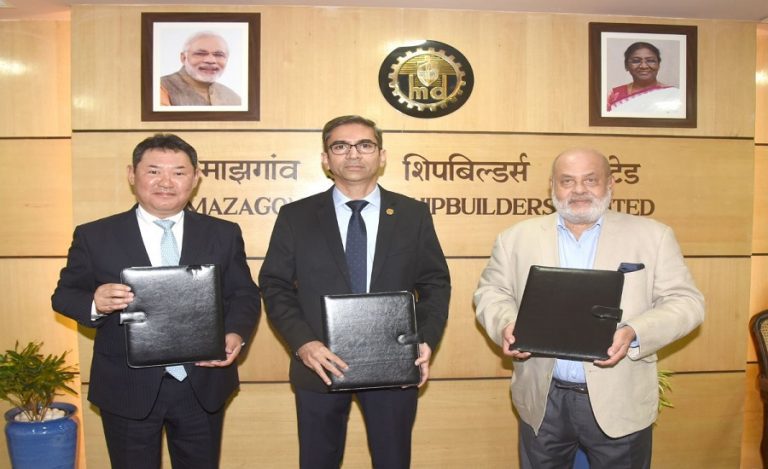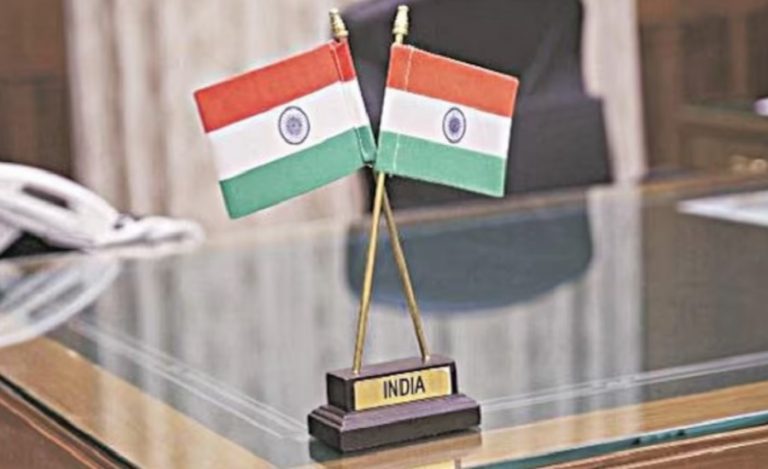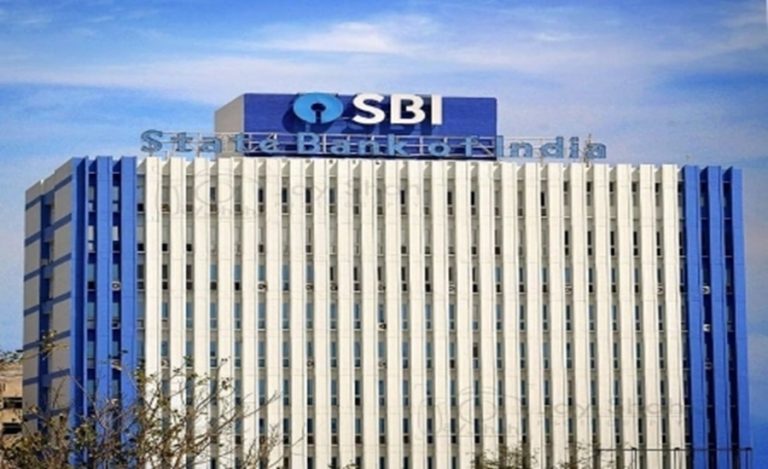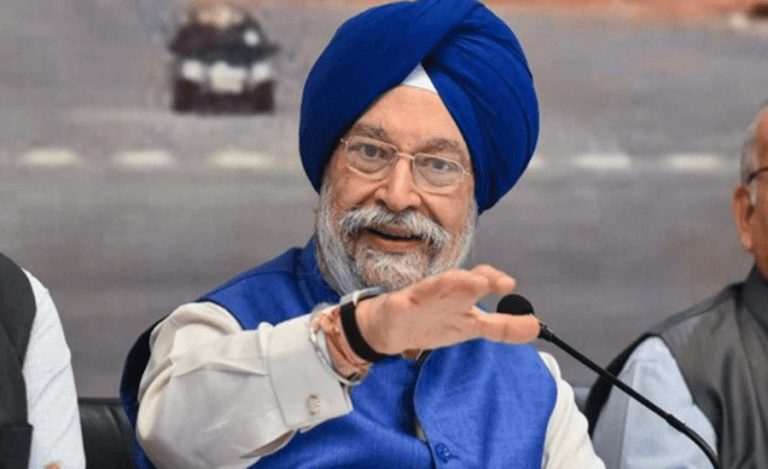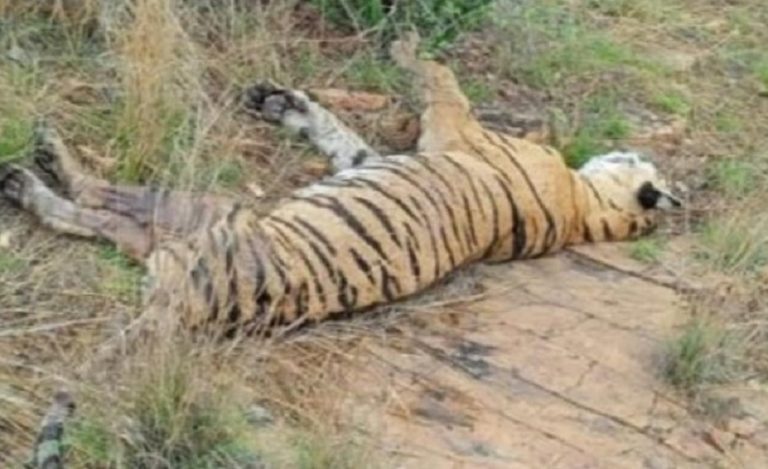Lavender farming, once considered a lost cause in the Doda district of Jammu division, is now flourishing on a grand scale, bringing broad smiles to the faces of farmers. What was once less fertile land is now generating substantial income. Under the leadership of IAS officer Harvinder Singh, a 2019 batch graduate, Doda’s “purple revolution” has become a beacon of innovative farming techniques and alternative income opportunities.
This year, the success of Doda’s lavender cultivation was showcased at the 26th January parade on Rajpath, where a tableau featuring the district’s lavender was prominently displayed. The district’s lavender is poised for export to Japan and other international markets. Moreover, lavender farming is proving to be a lucrative venture, especially benefiting smaller-scale farmers.
Since 2017-18, over 750 acres of farmland in Doda district have been converted to lavender cultivation, with an additional 100 acres set to be added soon.
Indian Masterminds recently spoke with IAS Harvinder Singh, the Deputy Commissioner of Doda, to explore the details of the district’s purple revolution and uncover the secrets behind the recent success of lavender farming in the area.

LAVENDER CULTIVATION
In 2015, the Council of Scientific and Industrial Research-Indian Institute of Integrative Medicine (CSIR-IIIM) formally introduced lavender cultivation to the Bhaderwah subdivision in Jammu-Kashmir’s Doda district.
Initially, most farmers were skeptical, and only a few took the plunge. However, over the past few years, especially in the last two years, there has been a significant expansion in cultivation. Farmers have reaped substantial benefits, thanks largely to the Doda administration’s continuous support and incentives.
26 JAN PARADE
On January 26th of this year, CSIR highlighted Doda’s purple revolution during the Republic Day parade. The CSIR tableau, adorned with vibrant lavender displays, showcased the district’s growing lavender production to the entire nation.
Mr Singh remarked that this recognition was a significant honor for Doda and has since elevated the district’s profile across the country.
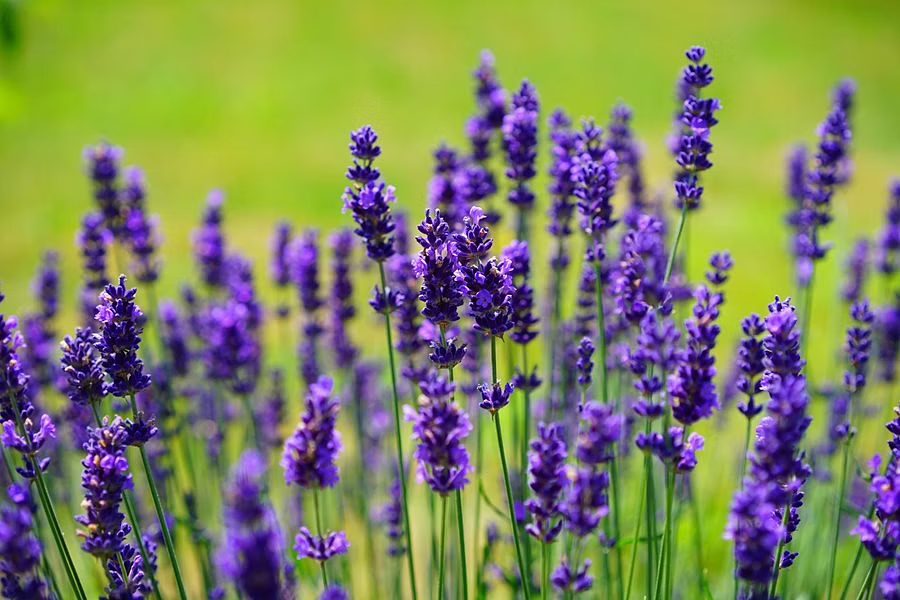
WHY LAVENDER FARMING
Lavender farming is relatively low-maintenance, requiring minimal water and thriving even on less fertile land. It thrives in regions with snowfall and hilly terrain. The plants are usually ready for harvest about two and a half years after planting. With proper care, lavender plantations can remain productive for 8 to 15 years. The same lavender plant can produce flowers for 18 to 20 years and requires no pesticides or chemicals.
The administration encouraged many farmers to cultivate lavender on their less productive fields, and as a result, they are now generating substantial income from it.
Notably, lavender cultivation in Doda is entirely organic and grows naturally. This integration into the local environment has established it as a natural habitat, driving increasing demand while maintaining uncompromised quality.
IAS Singh said, “Lavender has effectively become a natural part of the region.” He emphasizes that this integration into the local environment has preserved the quality of Doda lavender, making it particularly well-suited to the area.
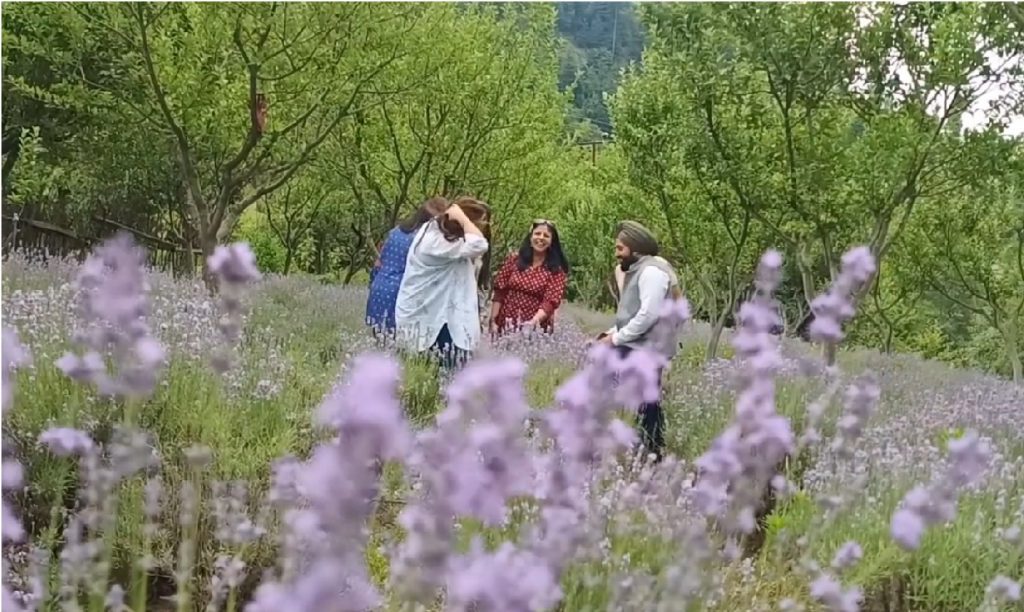
FEEL THE SWITZERLAND AT DODA
Lavender cultivation is proving beneficial not only for farmers but also for the tourism industry. Mr Singh points out that just as people travel to Switzerland to take photographs in its lavender fields, visitors are now coming to Doda to capture the beauty of its own lavender landscapes.
LAVENDER CYCLE
Lavender cultivation involves three distinct stages. In the first stage, the flowers are harvested, and currently, this is the primary focus for many farmers as it is the peak season for flower extraction.
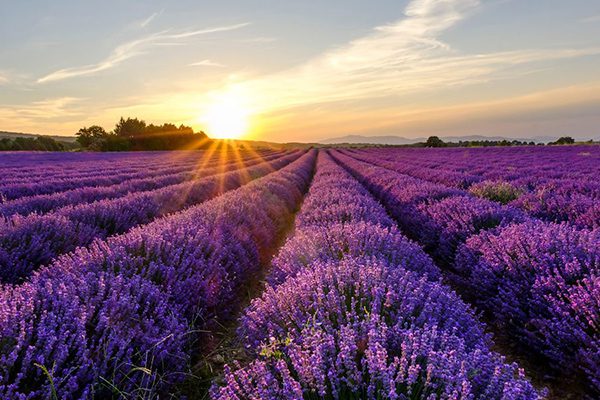
The second stage involves extracting oil from the flowers. The district’s current oil extraction technology is somewhat outdated, leading to higher costs. To address this, the administration is prioritizing modernization efforts. Plans are underway to establish several new distilleries, and Mr Singh is spearheading this initiative in collaboration with trade promotion organizations. These modern facilities will also feature solar-powered plants, aiming to reduce costs and increase benefits for farmers.
In the third stage, after the oil is extracted, the remaining waste – such as pulp, twigs, and leaves – still retains its fragrance. This byproduct is dried and used to make products like incense sticks. All these processes are being carried out in Bhaderwah.
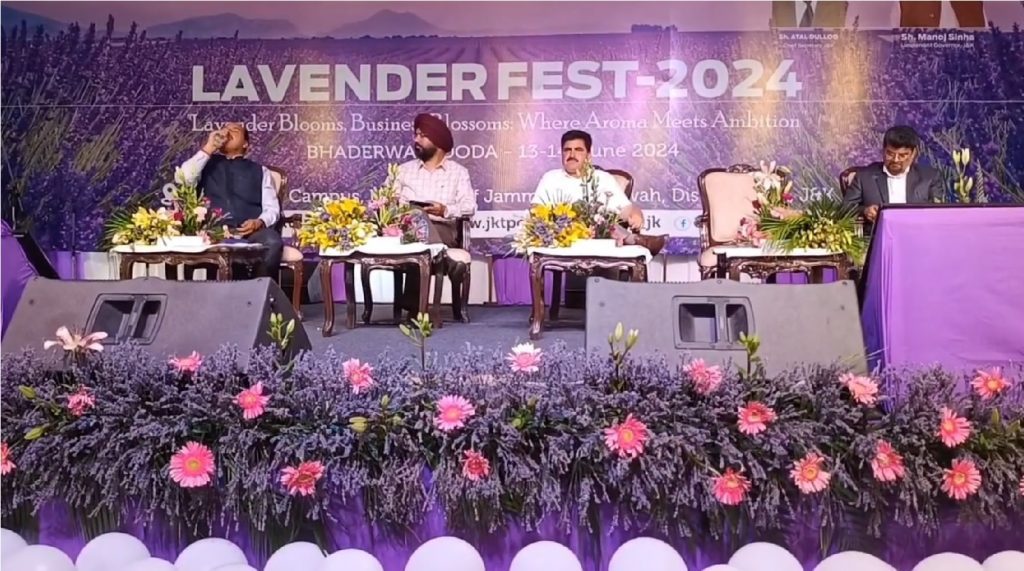
Lavender Festival
The Lavender Festival has been a major boost for lavender farming in the district. Held in Bhaderwah, it was India’s first ‘Lavender Festival,’ inaugurated by the Ministry of Science and Technology in June 2022.
This year, initiated by Mr Singh about two months ago, the festival was once again showcased as an agro-tourism event. It attracted numerous buyers, sellers, and exporters who explored opportunities for exporting lavender and its products.
The festival featured a wide array of lavender products, from fresh flowers to various finished goods. In addition to lavender, it also displayed marigolds, lilies, and their products. This event played a significant role in promoting Doda’s agricultural sector and enhancing its visibility in the market.
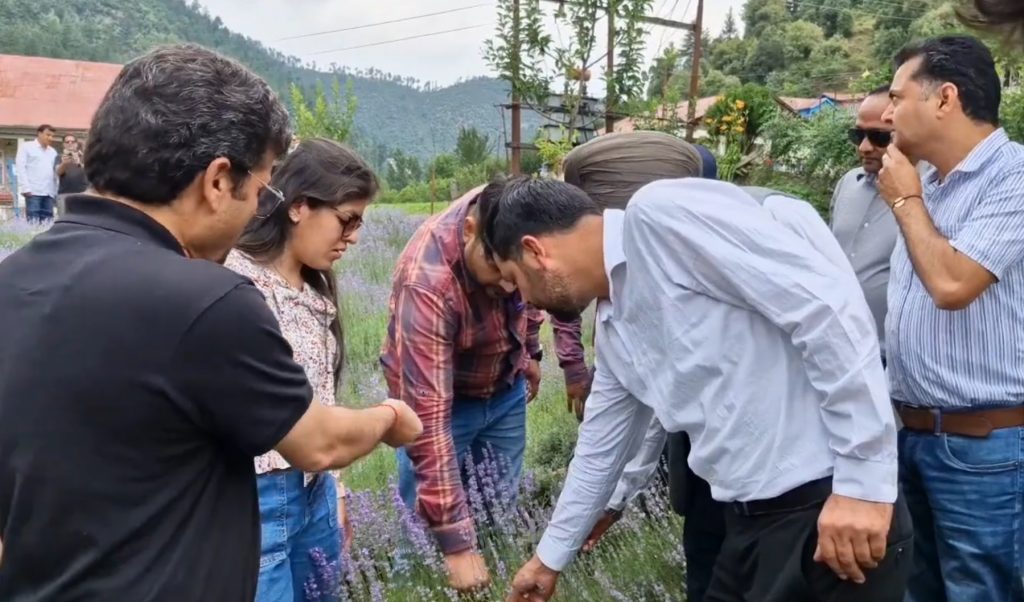
LAVENDER NURSERY
The Doda administration has excelled in establishing a crucial nursery for lavender farming. This nursery not only supplies lavender saplings to local farmers but also provides saplings to other hilly districts across the state. This initiative has been pivotal in supporting and expanding lavender cultivation beyond Doda.
They even plan to distribute lavender plants to farmers in Kathua, Rajouri, Poonch, and the Kashmir Valley, as well as in Uttarakhand, Himachal Pradesh, and the Northeast.
EXPORT OF LAVENDER
A buyer who attended the Lavender Festival sent a sample of Doda’s lavender to Japan to assess its quality and market potential. The response from the Japanese counterparts has been exceptionally positive, with the lavender oil receiving high praise.
As a result, Doda’s lavender is poised to gain international recognition, and export opportunities are on the horizon. This will significantly benefit local farmers.
Mr Singh remarked, “ODOP of Doda, lavender oil has now reached Japan. Thanks to the Lavender Festival held a month ago, our lavender oil has now reached Japan. One of the buyers sent samples to Japanese customers, who have expressed great satisfaction with the quality.”
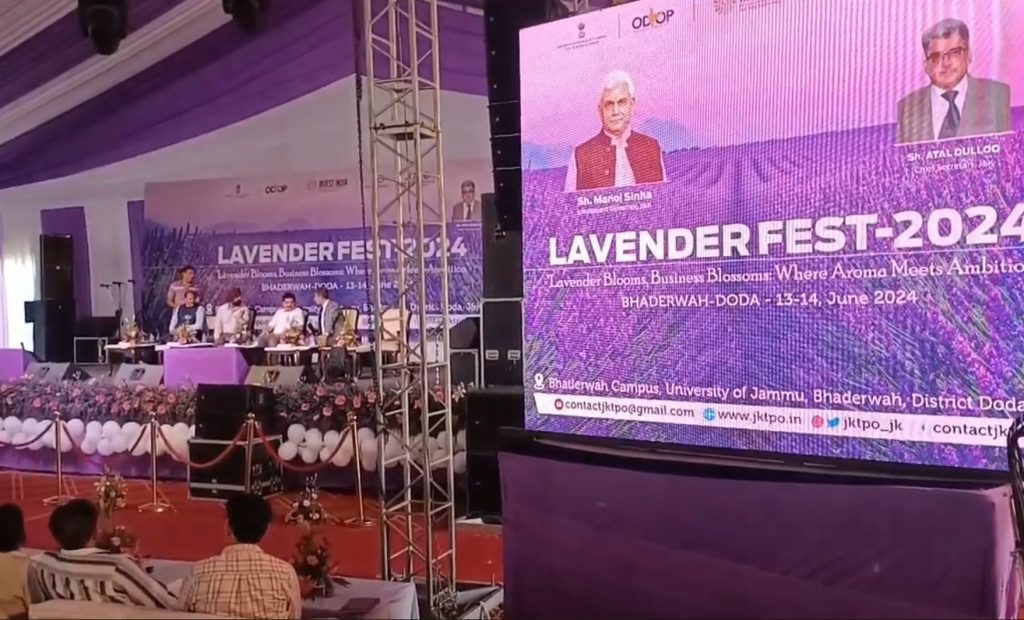
ENTREPRENEURSHIP
With the growing cultivation and increasing utility of lavender in Doda district, new entrepreneurs are emerging in the lavender sector. Startups are thriving by producing lavender-based products such as soaps and incense sticks.
Mr Singh noted, “Inmates at the district jail in Bhaderwah are now involved in making lavender incense sticks. This initiative not only provides them with valuable skills but also contributes to their rehabilitation process.”
PPP Model
Meanwhile, the administration is partnering with JK Aroma under a public-private partnership model. This firm purchases lavender flowers from farmers at favorable prices. Recognized and honored by the Prime Minister, JK Aroma is a key player in this collaboration, enhancing the economic benefits for local farmers.
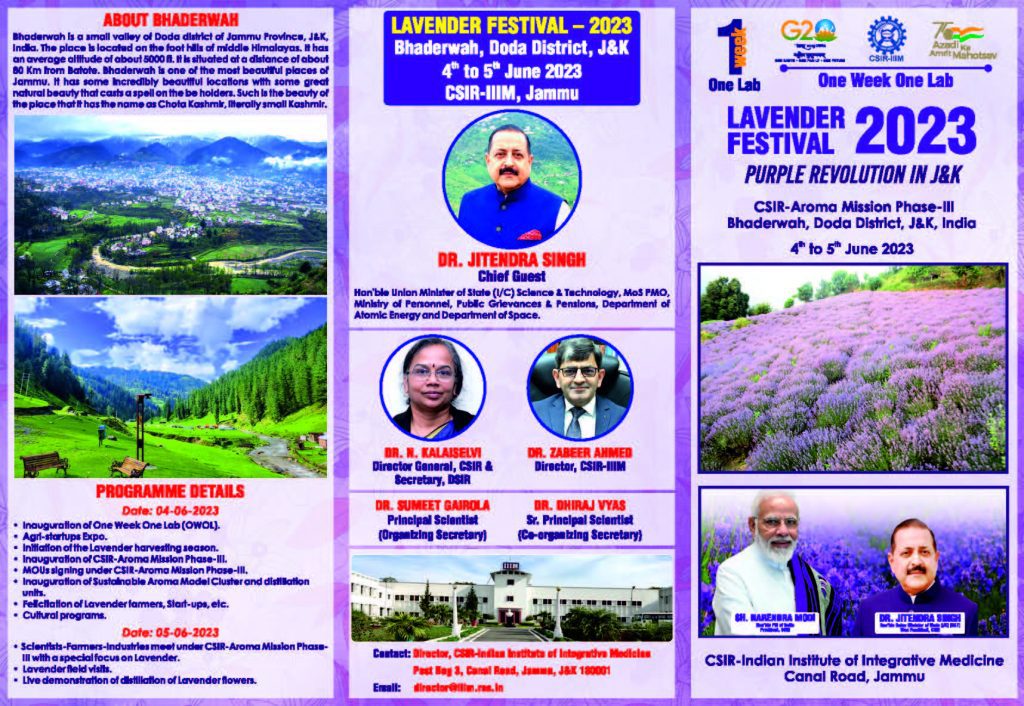
SUCCESS STORIES
There are numerous success stories of farmers reaping substantial rewards from lavender cultivation, with some earning lakhs each month. Many of these farmers in Bhaderwah, who previously had limited education, have seen their lives transformed by embracing lavender farming.
Inspired by these successes, farmers across several villages in Bhaderwah are increasingly shifting from traditional maize crops to lavender cultivation. This transition has led to a noticeable improvement in their livelihoods.
Remarkably, before 2017, villages like Tipri, Lehrote, and Karyan etc – home to nearly 200 households – had no four-wheelers and predominantly featured kutcha houses. Today, these villages boast numerous four-wheelers and nearly all houses have been upgraded to pucca. This significant change is largely attributed to the success of lavender farming.


